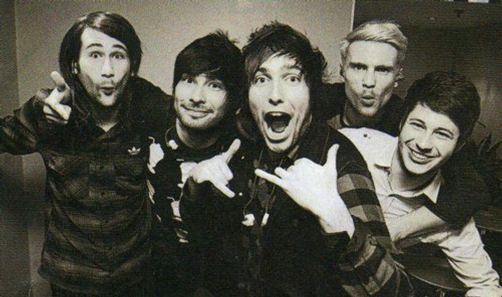Avatar stars Sam Worthington and Zoe Saldana as the main characters, the only well-known actors in it being Sigourney Weaver and Michelle Rodriguez. However, Avatar was still extremely successful; one of the reasons being that James Cameron directed it who is a winning director who made films such as Titanic and the Terminator movies. It was also distributed by 20th Century Fox, which ensured that the film would be a success as 20th Century Fox is a big distribution company and globally well-known.
James Cameron started writing the film in 1994 and then plan was for it to be released two years after the release of Titanic, but James Cameron thought that there were not at that point the ‘necessary technology’ which was needed so had worked on it since.
The genre of Avatar is adventure, action and fantasy which would encourage a variety of people to go and see it, from children to adults.
There was an estimated budget of $310 million and in the first weekend it made $4,007,750 in the US, showed on 812 and £8,509,050 in the UK on 505 screens.
The marketing for Avatar was wide, which was also a main attribute to the achievement of it; there were images shown a while before the film’s release, books, video games and 2 minute trailers made online followed by positive reviews from critics. More infrequent ways of marketing were the Coca Cola Company collaborating with Fox to market the film world-wide by making bottles of Coke which people could hold in front of a webcam in order to interact with the website they made for it, and use the reality 3D features. The film being the first complete 3D experience also contributed to the success of Avatar as it was highly anticipated by all.
The genre of Avatar is adventure, action and fantasy which would encourage a variety of people to go and see it, from children to adults.
There was an estimated budget of $310 million and in the first weekend it made $4,007,750 in the US, showed on 812 and £8,509,050 in the UK on 505 screens.
The marketing for Avatar was wide, which was also a main attribute to the achievement of it; there were images shown a while before the film’s release, books, video games and 2 minute trailers made online followed by positive reviews from critics. More infrequent ways of marketing were the Coca Cola Company collaborating with Fox to market the film world-wide by making bottles of Coke which people could hold in front of a webcam in order to interact with the website they made for it, and use the reality 3D features. The film being the first complete 3D experience also contributed to the success of Avatar as it was highly anticipated by all.





